In 2015, the Paris Agreement set an ambitious goal for nations worldwide: to collectively fight against climate change and constrain the global temperature rise to 1.5 degrees Celsius. This commitment was reiterated in 2021 at the UN Climate Change Conference. Surprisingly, if the shipping industry were considered a country in this conference, it would rank as the sixth largest GHG emitter globally, accounting for a staggering 3% of total emissions [1]. Without action, this ratio could skyrocket to a concerning 13% [2].
Regulatory Measures
Many regulations established by the International Maritime Organization (IMO) and the European Union (EU) have come into force, and many more are due to be implemented over the next few years to tackle emission challenges. The IMO has stated its goal of reducing the carbon intensity of all ships by 40% by 2030 and 70% by 2050, relative to 2008 levels [3]. The EU has also set its own targets for decarbonization in shipping as part of the “Fit for 55” package, which includes proposals to revise and update EU legislation to achieve the EU’s climate neutrality target by 2050. The name “Fit for 55” refers to the intermediary goal of cutting emissions by at least 55% by 2030 compared to 1990 levels [4].
Key Regulatory Drivers
At the forefront of the IMO’s efforts is MARPOL Annex VI – Prevention of Air Pollution from Ships. This crucial framework implements two new measures, namely the Energy Efficiency Existing Ship Index (EEXI) and the Carbon Intensity Index (CII), which came into effect on January 1, 2023. These measures compel shipowners to optimize energy efficiency and monitor carbon intensity, driving a substantial reduction in emissions.
The EU has taken a different approach with the introduction of the EU Emissions Trading System (EU ETS), a cap-and-trade carbon market. Under the EU ETS Maritime, monitoring, reporting, and verification (MRV) of CO2 emissions from shipping is mandatory for most large vessels. This comprehensive system incentivizes emission reductions while fostering transparency and accountability.
CFD
When it comes to complying with EEXI regulations, shipowners often turn to Engine Power Limitation (EPL) or Shaft Power Limitation (ShaPoLi) as relatively straightforward solutions. However, while these alternatives may seem convenient, they give rise to a crucial challenge for ship owners. The resulting loss of economic flexibility, coupled with increased transit times, leaves a negative impression on charterers who seek efficient cargo transportation.
In addition, ship owners are confronted with the ongoing need to reduce emissions as mandated by regulations like the CII rating and MRV framework. These regulations compel ship owners to constantly seek innovative solutions for their vessels, striving for continuous emissions reduction.
With CFD, ship owners can explore alternative configurations, evaluate the impact of design modifications, and fine-tune operating conditions to achieve optimal energy efficiency and emission reduction. This powerful tool empowers ship owners to strike a delicate balance between regulatory compliance, operational efficiency, and environmental sustainability.
CFD is not just a standalone solution, but also a catalyst for other disciplines. By synergizing CFD with other cutting-edge options, ship owners can push the boundaries of innovation. Explore alternative configurations, uncover the hidden potential of design modifications, and revolutionize operational practices, all with the goal of minimizing environmental impact.
Deriving Speed-Power Curve
The Marine CFD Group at SINTEF Ocean has significant expertise in creating Speed-Power prognosis for various vessel configurations. What sets the group apart is its collaboration with SINTEF’s towing tank and access to ocean basin, enabling them to validate CFD simulations and optimize their setups. They possess clear and organized guidelines for different types of simulations, making it convenient to conduct simulations without getting caught up in complex CFD preparations and post-processing procedures.
Did you know that utilizing the Speed-Power curve can enhance the accuracy of speed values in EEXI calculations? According to IACS Rec. With 173 [5], it suggests that the Vref calculation in EEXI calculations can incorporate the speed-power curves derived from comprehensive CFD calculations. These CFD analyses hold particular significance for vessels whose model test or sea trial data corresponding to the “Scantling Load” loading condition are not available. This presents an appealing opportunity for customers to have implemented ESD (Energy Saving Devices) as part of a retrofit project on their ships after it was built.
ZeroCoaster – SINTEF

Trim Optimization
By conducting multiple analyses under various loading conditions, speeds, and trim angles, it becomes possible to identify the scenarios where the ship consumes the least amount of fuel. Handling these analyses across numerous situations necessitates a robust computer and ample software license capacity due to their significant quantity. Fortunately, SINTEF possesses a high-performance computing (HPC) infrastructure that allows us to swiftly generate speed-loading condition-trim matrices for ships. Combining trim optimization with route optimization further enhances overall efficiency,
Keep in mind that trim optimization can contribute to improving your CII ratings by enabling vessel operators to cover the same distance while consuming less fuel.
Wind Propulsion
Using wind as propulsion is increasingly becoming more relevant and popular in modern shipping practices. While it is true that wind-powered propulsion has a long history, recent advancements in technology and a growing focus on sustainability have revitalized the interest. SINTEF Ocean is involved in facilitating this development through a multi-disciplinary approach, involving both advanced hybrid model tests and numerical performance simulations, where CFD plays an important role by generating the necessary input. SINTEF Ocean is currently developing an in-house code that works efficiently with the state-of-the-art CFD tools in order to enhance simulation speed, enabling operators to carry out power performance calculations and route optimization. These calculations consider the impact of weather conditions on the wind propulsion systems. Unsteady phenomena, such as sea-keeping and manoeuvring behaviour of wind propelled vessels are also topics of interest.
Read our fact sheet on wind propulsion here.
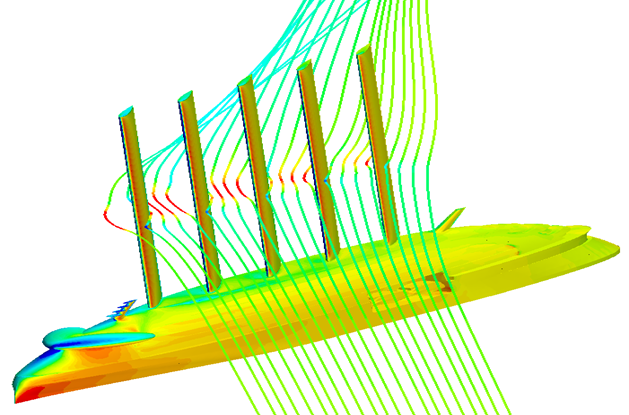
Low Friction Coating – Surface Roughness
Friction forces are dominant in the total resistance for the large vessels and even small decrease in the friction would cause high performance gains. We are doing extensive research on the low friction-anti fouling coating and the effect of surface roughness to the total resistance of the ships.
CFD simulations also supports that periodic hull cleaning is important to decrease the fuel consumption.
Figure 3 : Effect of Different Hull Roughness on the Resistance of a Ship Hull (Red Areas mean higher resistance)
Energy Saving Devices
Energy Saving Devices (ESDs) represent the technology equally suitable for both the new and retrofit ships. The Propulsion Improving Devices occupy the greatest place on today’s ESD market, and they show well-documented power savings over a large range of vessels. Through the use of CFD, energy-saving devices can be optimized based on the hull shape of vessels. By adjusting the parameters of the base design of ESDs, multiple new designs can be generated, and the performance improvements can be examined. Once the new designs have been evaluated, finding the optimal one becomes a straightforward task.
Reference to publication.
NorSingProp – SINTEF
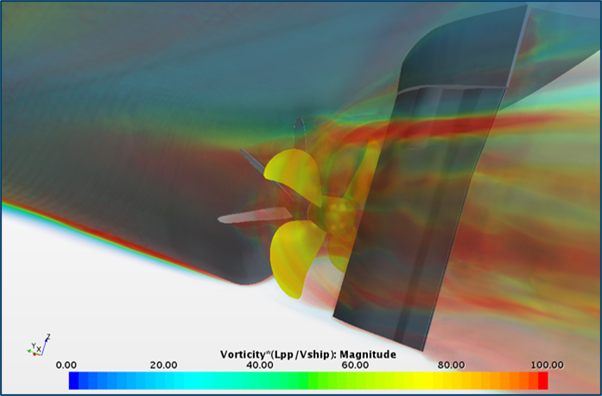
Optimized Propeller Design
SINTEF Ocean possesses expertise in both propeller design and evaluation of propeller performance. With a wealth of knowledge in propeller simulations and utilizing their in-house code propeller optimization can be efficiently carried out. High-fidelity CFD simulations enable the analysis of cavitation, hydro-acoustic performance, and propeller open water characteristics.
By combining propeller optimization with the implementation of energy-saving devices, it is possible to achieve a reduction in CO2 emissions of up to 10 %!
PROPSCALE – SINTEF
ProNoVi – SINTEF
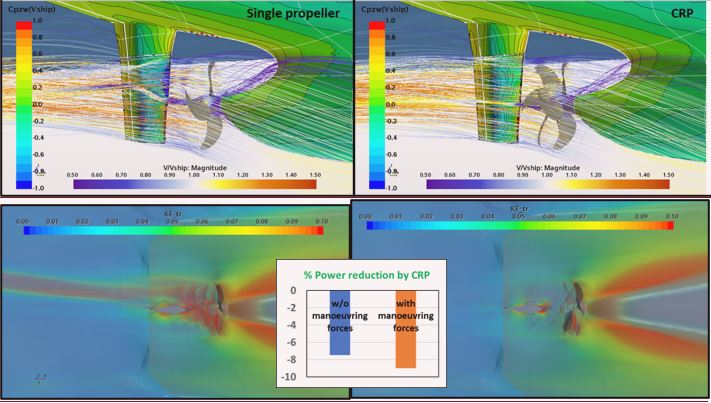
Air Lubrication
The Air Lubrication System employs various techniques such as micro bubbles, air cavity, or air layers to diminish the resistance between the ship’s hull and seawater. By distributing air across the hull surface, the system effectively minimizes the resistance exerted on the ship’s hull, resulting in energy-saving benefits.
Currently, this technology allows for approximately a 10% reduction in fuel oil consumption and emissions. We are actively engaged in numerous projects aimed at enhancing this efficiency using both CFD and experiments.
Exhaust Gas Simulations
Currently, there is considerable interest in onboard carbon capture as a means to mitigate carbon emissions from ships. Several pilot projects are underway to assess the effectiveness and suitability of various technologies in this regard. SINTEF Ocean is actively engaged and has already conducted a feasibility evaluation. However, it should be noted that onboard carbon capture systems present their own challenges, such as increased energy demands and exhaust line modifications. Leveraging our expertise in exhaust gas simulations, we can collaborate with our partners to identify potential risk factors and offer innovative solutions utilizing Computational Fluid Dynamics (CFD) as a tool.
A helpful alternative to address the energy requirements of onboard carbon capture systems is the use of Exhaust Gas Cleaning Systems (EGCS). Shipowners can consider retrofitting existing vessel fleets during dry-dock terms to install EGCS in conjunction with carbon capture systems, thereby providing an efficient solution.
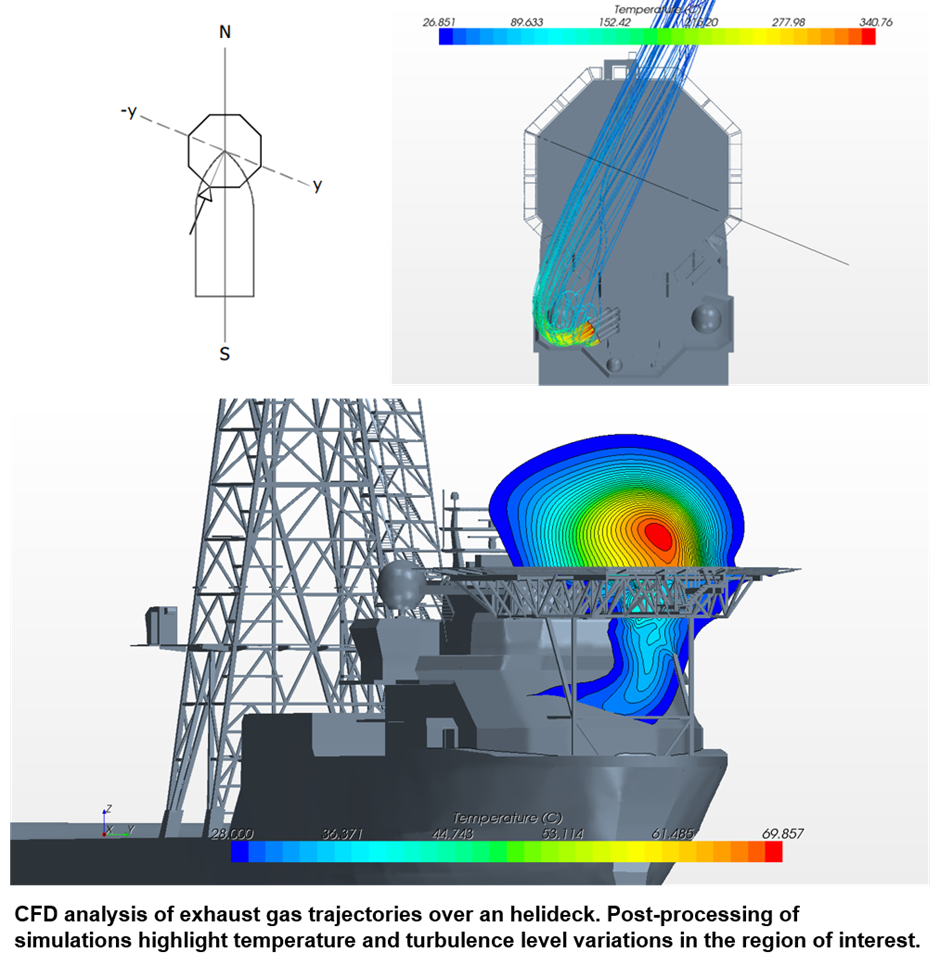
References
[1] EDGAR – The Emissions Database for Global Atmospheric Research (europa.eu)
[3] EEXI and CII – ship carbon intensity and rating system (imo.org)
[5] Guidelines on Numerical Calculations for the purpose of deriving the Vref in the framework of the EEXI Regulation, IACS Recommendation 173, November 2022.


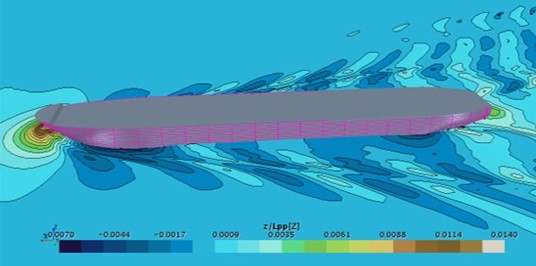
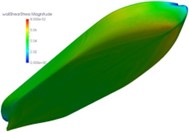
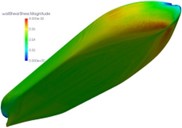
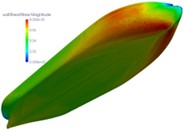
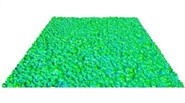
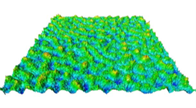
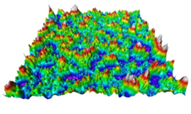
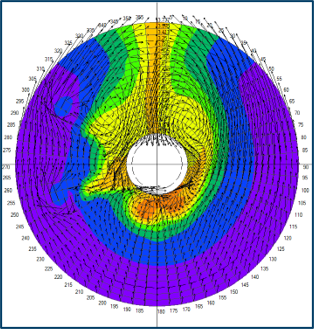
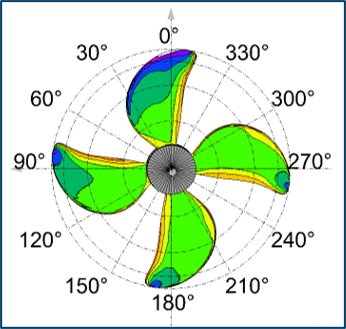
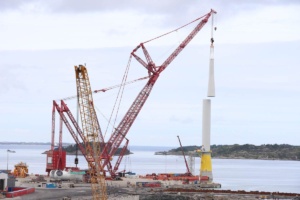

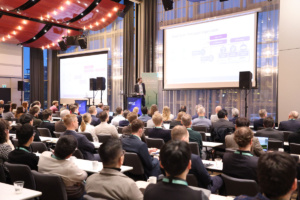


Comments
No comments yet. Be the first to comment!